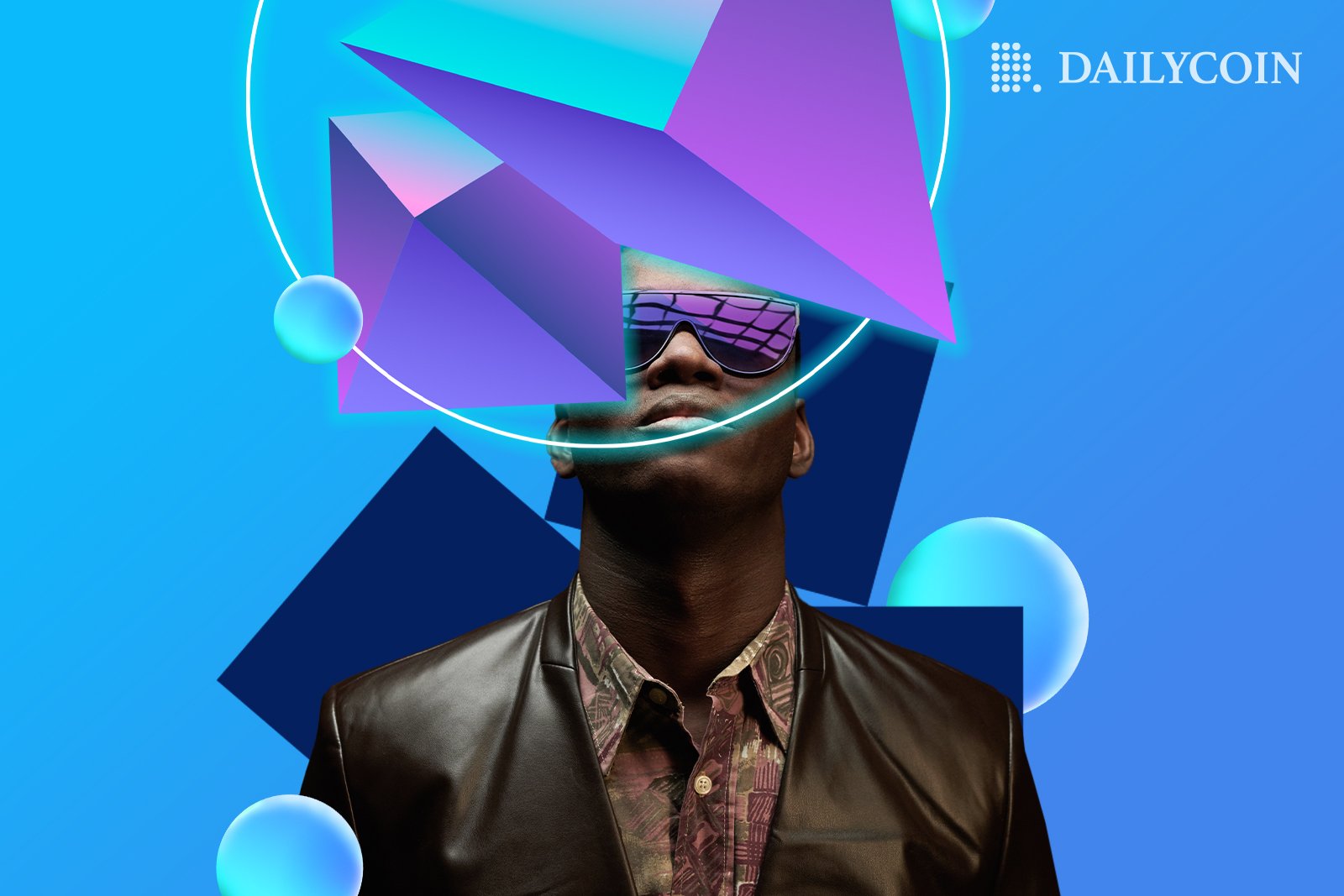
It’s virtually impossible to discuss geo-fencing without mentioning Pokémon Go. So let’s get it out of the way: seven years ago Niantic and Nintendo released a highly successful Pokemon-seeking mobile game that incorporated AR and geo-fencing. The game went viral, spawned groups of Poke-hunters on street corners all over the world and then died down. Fast forward to 2023 and geo-fencing is hot again. What changed?
From a technical standpoint, the answer is “not a lot.” The core geo-fencing technology remains broadly the same, even if the sensors packed into smartphones have improved significantly since 2016, allowing for locations to be pinpointed with granular precision. But that’s not the reason why geo-fencing apps are back in fashion. Rather, the resurgence owes a sizable debt to the new use cases for geo-fencing that are being applied, elevating a once niche tech into a fundamental driver of marketing, educational, logistics, and much more.
Location Is Everything
Geo-fencing is a location-based technology that allows for defining virtual boundaries or geographic areas around real-world locations. Known as geofences, these zones are established using technologies such as GPS, RFID, WiFi, or cellular data. Smartphones are laden with location-based tech, making them ideal vehicles for geo-fencing. Interesting as the technology is, the real beauty lies in what can be done with it.
Sponsored
With geo-fencing, it’s possible to trigger specific actions or events when a person carrying a cellular device enters or exits a designated area. Using augmented reality to overlay a Pokemon to your screen when you’re within a few meters of a target is one such application. But there’s a lot more than can be done using geo-fencing such as sending notifications, displaying location-based ads, tracking employee attendance, or activating certain features in a mobile app.
While the consumer-facing applications for this tech are manifold, it’s equally useful for businesses. Take logistics, for instance, where geo-fencing can alert delivery drivers of where to leave packages in a safe place, or alert the recipient of when a parcel has been delivered.
Why Now?
Every useful technology has its day, and thus it should come as no surprise that geo-fencing is very much in vogue. That still fails to answer the question of why now, given that it has been available for years. One answer concerns the trend towards personalized marketing. The sort of tailored adverts that once seemed so futuristic in Minority Report are now much closer to being reality – minus the creepy dystopian part.
Sponsored
Consumers are used to their smartphones and smart speakers addressing them personally, and so being fed ads that are tailored to their interests and geographical area doesn’t feel intrusive. Or to put it a different way, if you must receive marketing messages, they might as well be relevant. Geo-fencing provides a way to achieve this without going from “personalized” to “personal.” For example, sending a shopper a discount voucher when they’re within 100 feet of a store is a simple use of geo-fencing that doesn’t rely on brands retaining intimate details about customers’ personal preferences.
Paired Tech
Geo-fencing has become easier to implement and so it’s become ubiquitous. But another reason behind its increased usage can be attributed to the technologies it is frequently now paired with. Chief among these is blockchain and its supporting web3 technologies such as tokenization. AR and web3 lifestyle app Rebase, for example, has hit upon digital collectibles as a mechanism for rewarding consumers. Geo-fencing allows for vouchers and access passes, delivered as NFTs, to be awarded when a specific location-based action is triggered.
It is this merging of emerging technologies that can create memorable and immersive experiences. Useful as inventions such as blockchain, geo-fencing, and augmented reality are, it is through combining them that powerful behavior-driven scenarios can be created including the gamification of everyday tasks. Walking the dog; going to the store; commuting to work: all have the potential to be elevated into entertaining, enriching tasks in the hands of creative app developers.
Geo-fencing, then, is a tech whose time has come. From major brands to tech startups, creative companies are harnessing the many possibilities afforded by location-based triggers. Every day, millions of consumers now make use of geo-fencing to enhance their work, recreation, and travel. And most of them aren’t even aware of it. That’s the beauty of seamlessly integrated technology when it works as it should, invisible yet indispensable.
